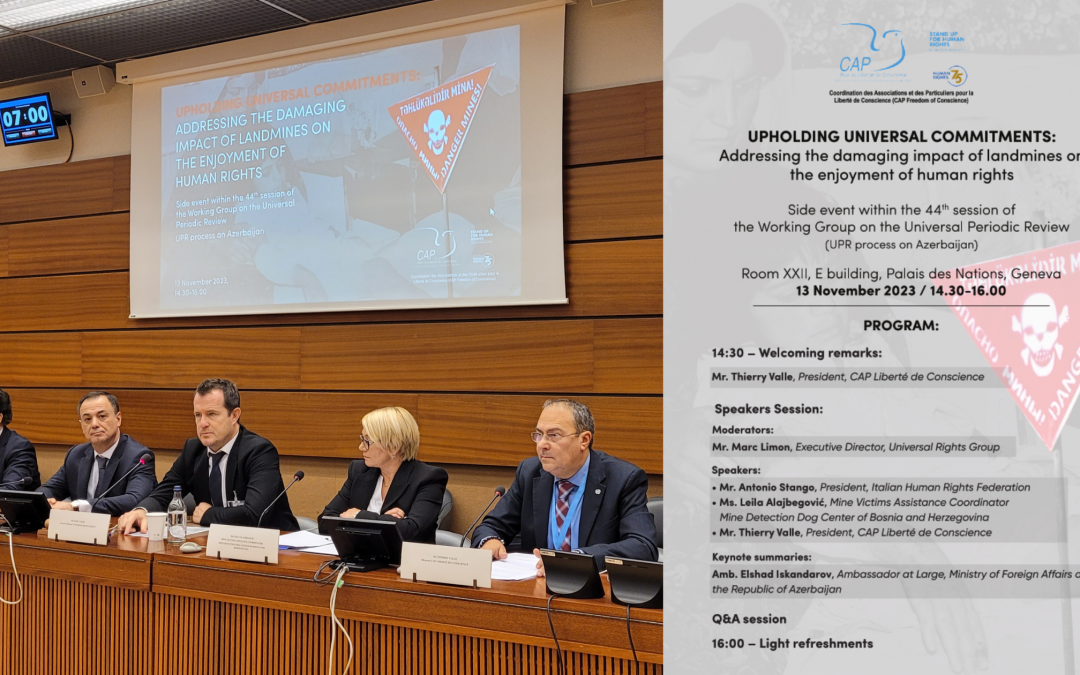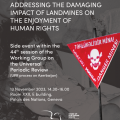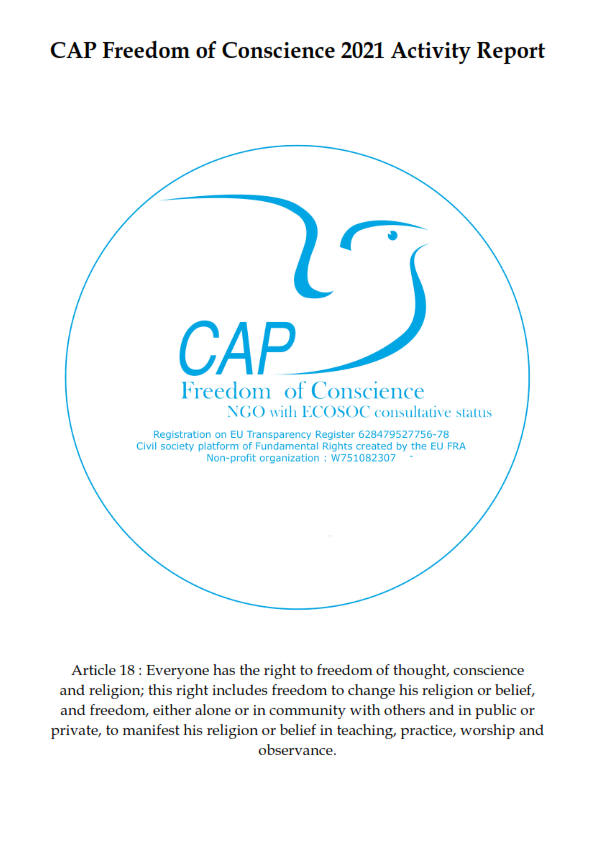Safeguarding the human rights of landmine victims is crucial for deeply human reasons:
Caring for People:
Above all, it’s about showing compassion and care for individuals who have suffered immensely due to the devastating impact of landmines. It’s a commitment to relieving their immediate and ongoing pain and struggles.
Protecting Lives and Security:
At its core, it’s about ensuring that everyone has the right to life and security. By safeguarding human rights, we work to prevent further harm and make sure affected communities can live without fear.
Respecting Bodies and Well-being:
It’s about respecting the physical well-being of landmine victims. Providing the right medical care, rehabilitation, and support acknowledges their right to physical integrity.
Ensuring Health and Healing:
The effort involves making sure that those impacted have access to the healthcare services they need. This includes not just physical health but also mental well-being
Opening Doors to Education:
By safeguarding human rights, we break down barriers to education. It means making areas around schools safe and creating opportunities for children and adults affected by landmines to pursue education without hindrance.
Supporting Livelihoods and Economic Rights:
It’s about helping people get back on their feet economically. This involves restoring livelihoods, offering job training, and eliminating discrimination in employment opportunities.
Addressing Emotional Wounds:
Recognizing and dealing with the emotional scars left by landmine incidents is an essential part of safeguarding human rights. This includes support for mental health, community-based rehabilitation, and initiatives fostering social inclusion and resilience.
Meeting Legal Obligations:
Nations worldwide have committed to legal frameworks to protect civilians in conflict. Safeguarding the rights of landmine victims is a way of honoring these international agreements.
Upholding Human Dignity:
It’s about recognizing the inherent worth of every individual, no matter their circumstances. Safeguarding human rights is about restoring a sense of normalcy and dignity to those affected by landmines.
Building Stable, Inclusive Communities:
Ultimately, it’s about creating communities that are not just rebuilt but are inclusive and resilient. By safeguarding human rights, we contribute to long-term stability and development after conflict.
In essence, safeguarding the human rights of landmine victims is a profoundly human pursuit — it’s about understanding, empathy, and a commitment to creating a world where everyone can live with dignity and opportunity, regardless of the challenges they’ve faced.
Integration of landmine victims into post-conflict reconciliation effort.
Humanitarian demining is often seen as a technical aspect of post-conflict reconstruction and peace-building, requiring meticulous attention to alleviate the human suffering caused by anti-personnel mines, improvised explosive devices (IEDs) and explosive remnants of war (ERW), such as unexploded ordnance left behind after a peace agreement. Despite global efforts, the Nobel Prize-winning International Campaign to Ban Landmines (ICBL) reported in 2016 that the number of mine victims had reached a ten-year high, while funding for mine action was at a ten-year low. In 2015 alone, there were 6,461 victims of mines and explosive remnants of war worldwide, mostly civilians, 30% of whom were children. Shockingly, armed groups continue to use anti-personnel mines on a large scale, even after the adoption of the 1999 Mine Ban Treaty.
In addition to the direct loss of life, mines are a major obstacle to the implementation of peace agreements. Losses suffered during and after conflicts can fuel long-standing resentments and hamper reconciliation efforts. Accidental mine explosions can reignite deep-seated animosities, setting back the peace process. Mines also hinder peace-building and development, especially in rural areas.
In many conflict-affected regions, mine clearance is becoming a prerequisite for other humanitarian initiatives. Surveillance and clearance, including disarmament and controlled detonation, as well as mine action in its broadest sense, including victim assistance, awareness-raising, stockpile destruction and advocacy, can be seen as a proactive response to conflict prevention.
By preventing physical and psychological trauma, humanitarian demining not only lays the foundations for peace, but also paves the way for broader peace-building.
Imperative for an international mechanism to uphold the fundamental human rights of landmine victims.
It is the role of international organisations to fulfil their commitments to mine victims.
The United Nations aspires to a world free of landmines and explosive remnants of war, where individuals and communities live in an environment that is safe and conducive to development, and where the needs of victims are met.
The United Nations has been tackling the problems posed by landmines since the 1980s. It took decisive action to combat the use of indiscriminate weapons by sponsoring the 1980 Convention on Certain Conventional Weapons. In 1996, this Convention was strengthened to include the use of landmines in internal conflicts and to require that all mines be detectable.
The landmark 1997 UN Convention on the Prohibition of the Use, Stockpiling, Production and Transfer of Anti-Personnel Mines and on their Destruction (Mine Ban Convention) bans the production, use and export of these weapons and enjoys near-universal support. As of November 2016, it had 164 States Parties.






